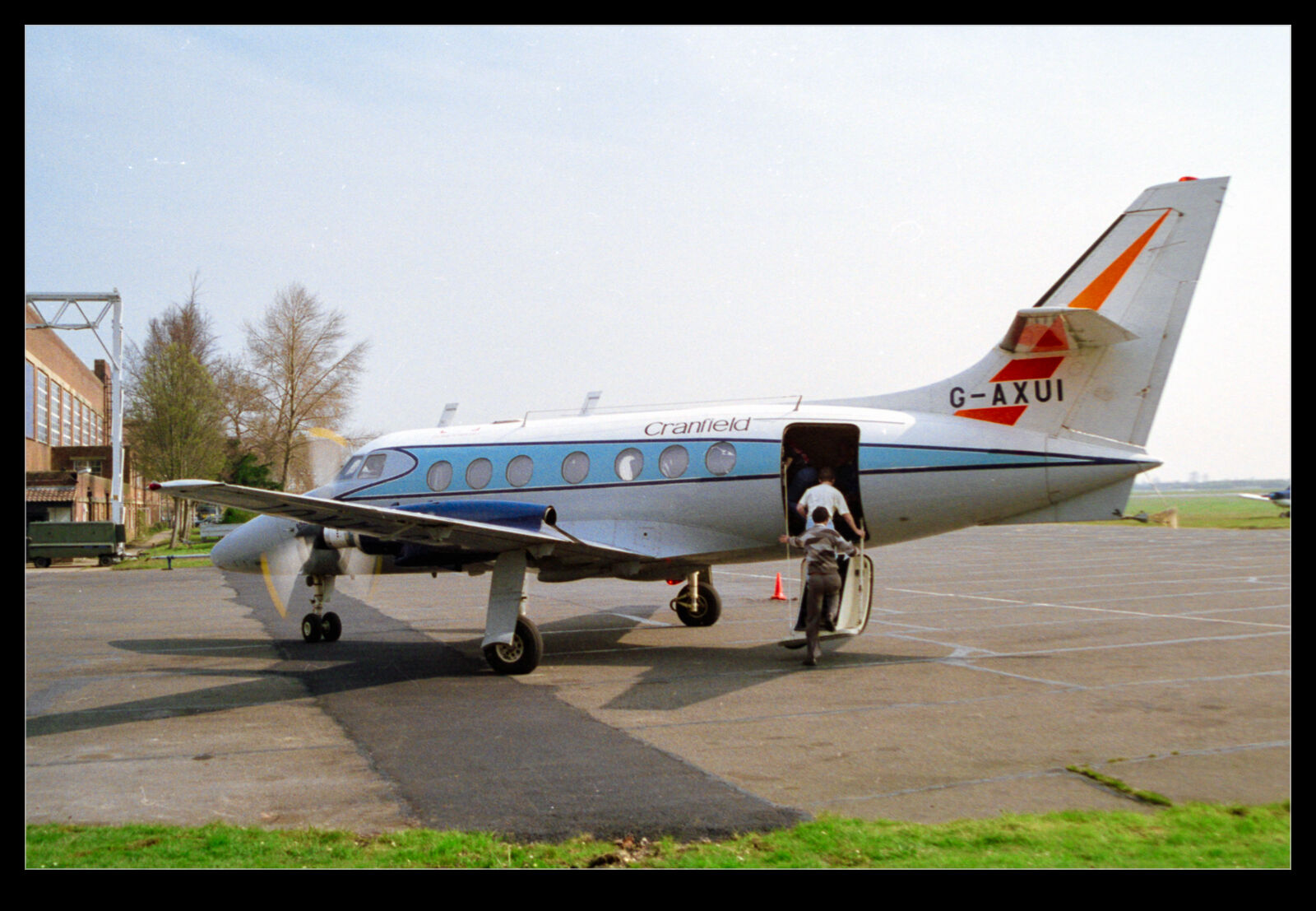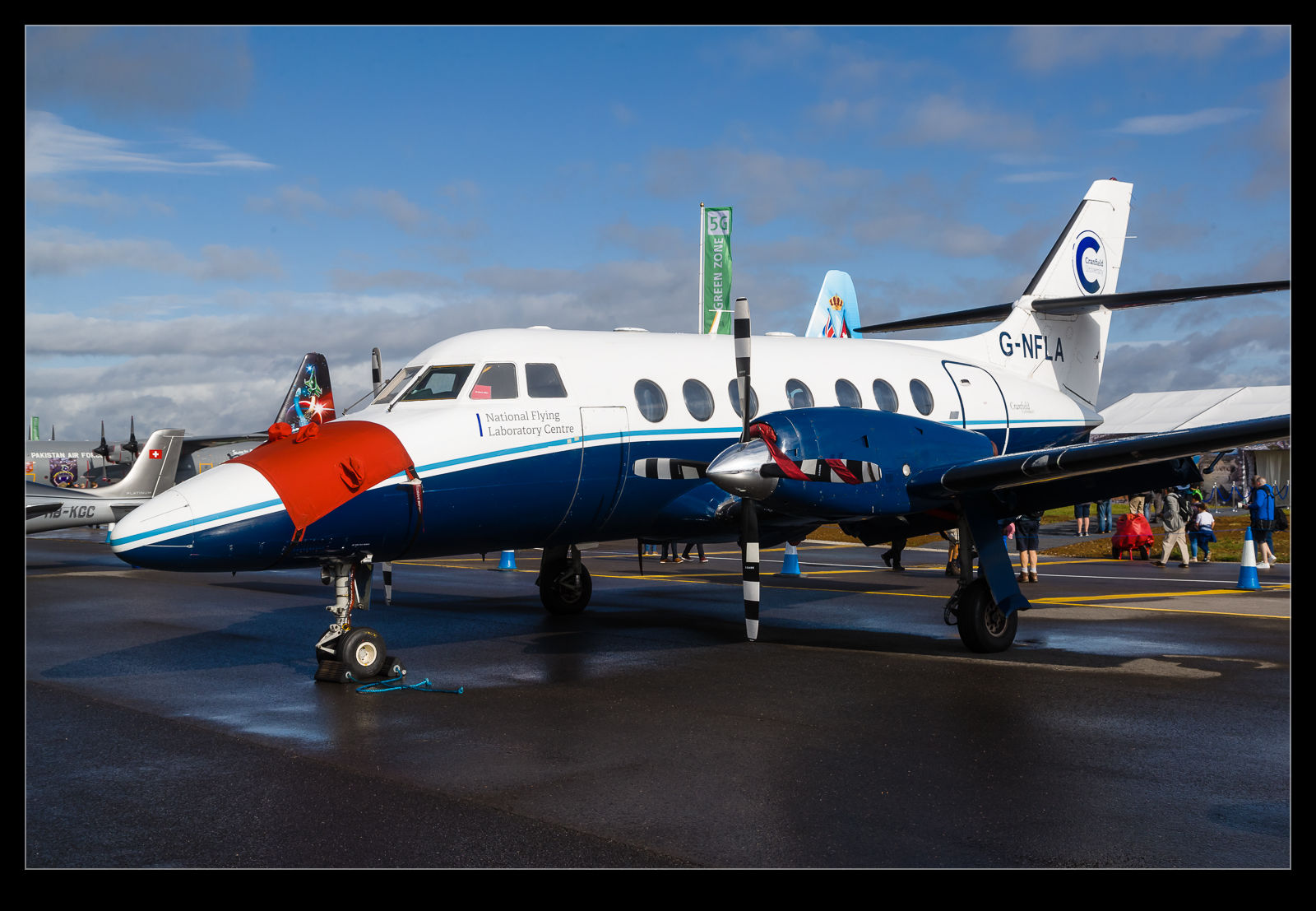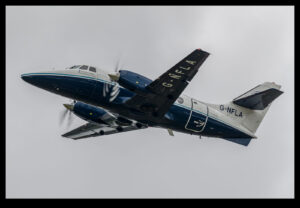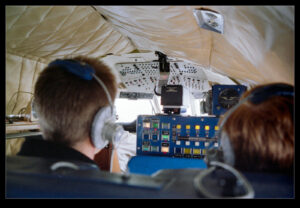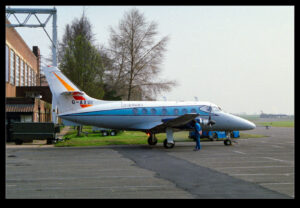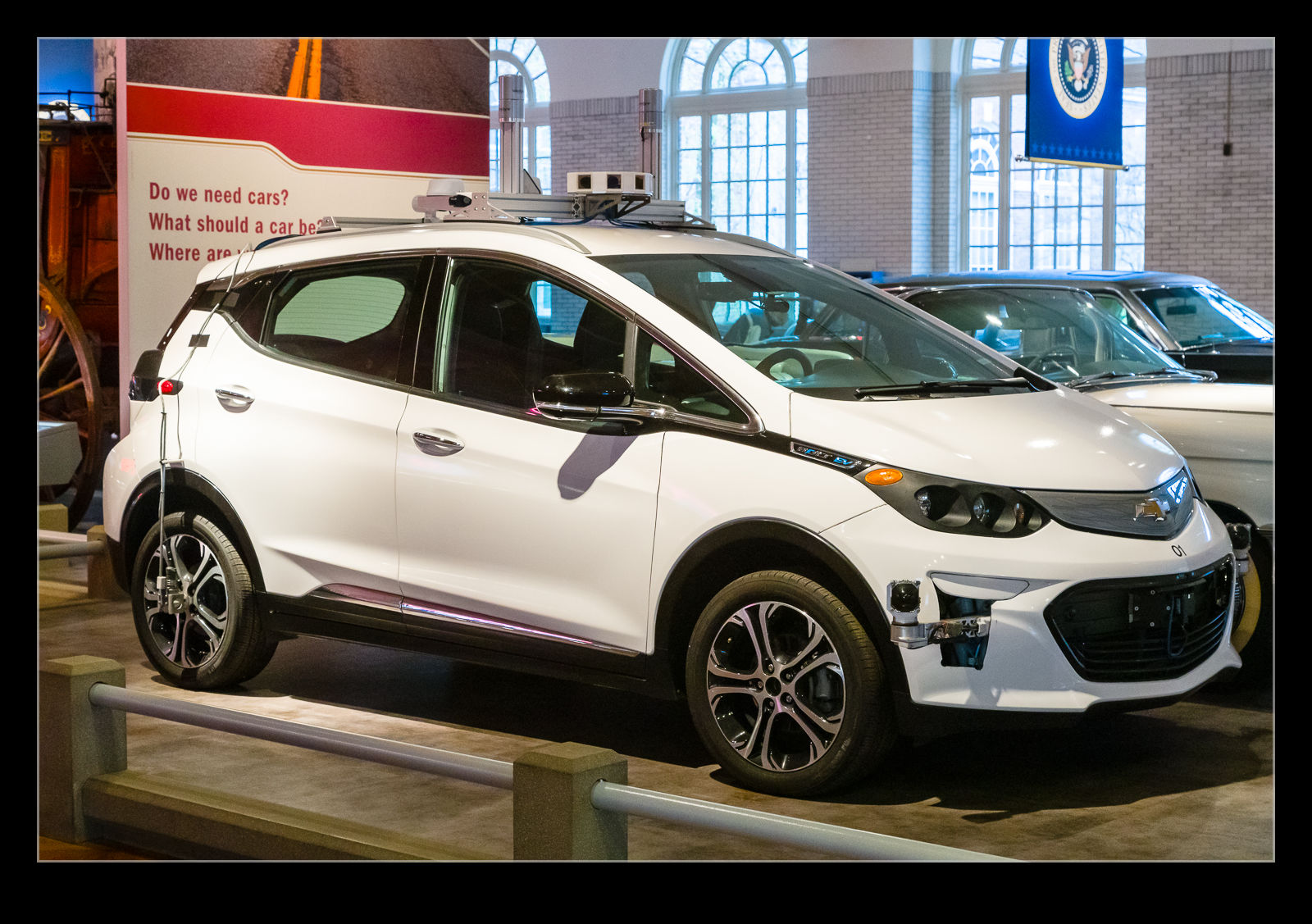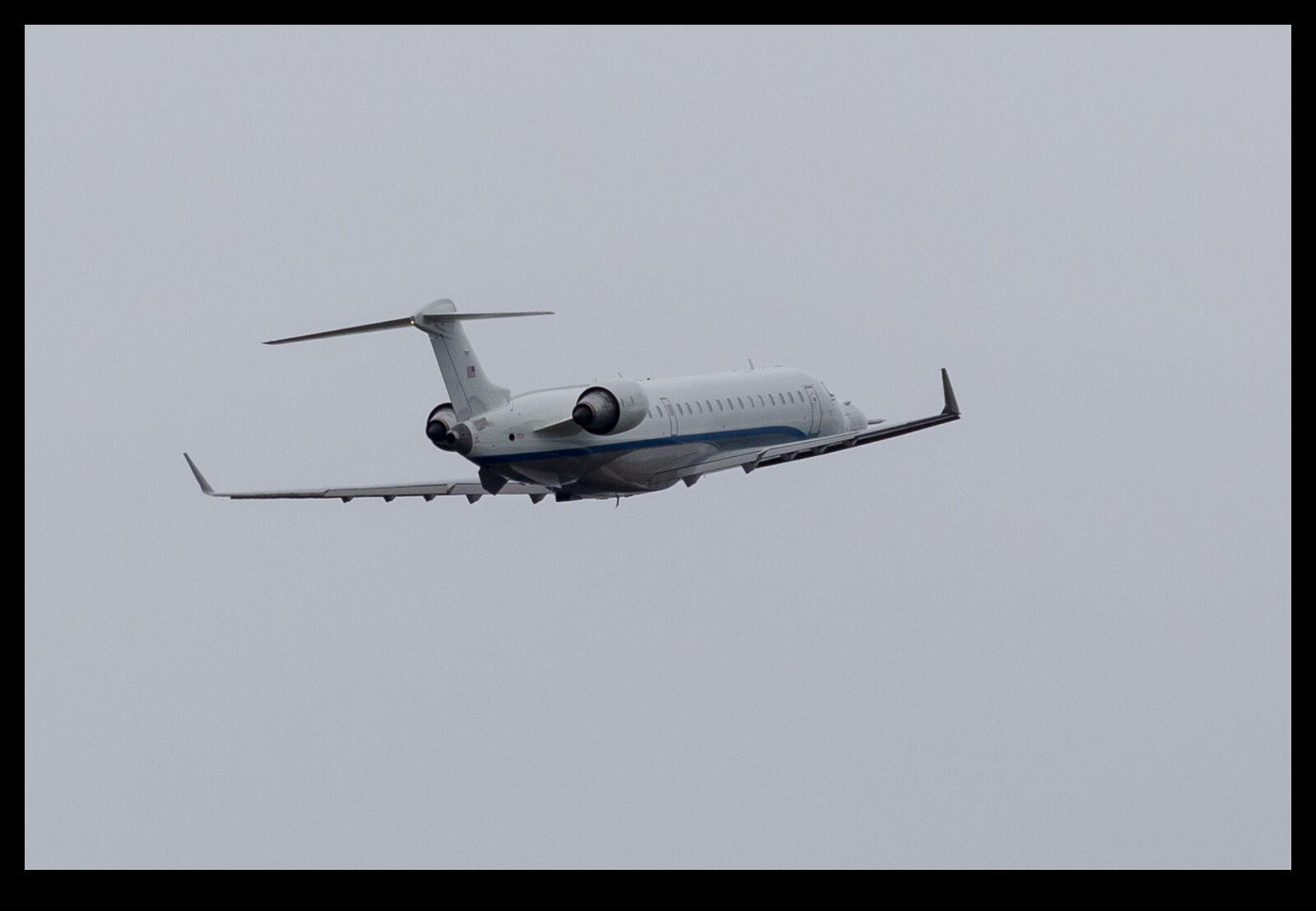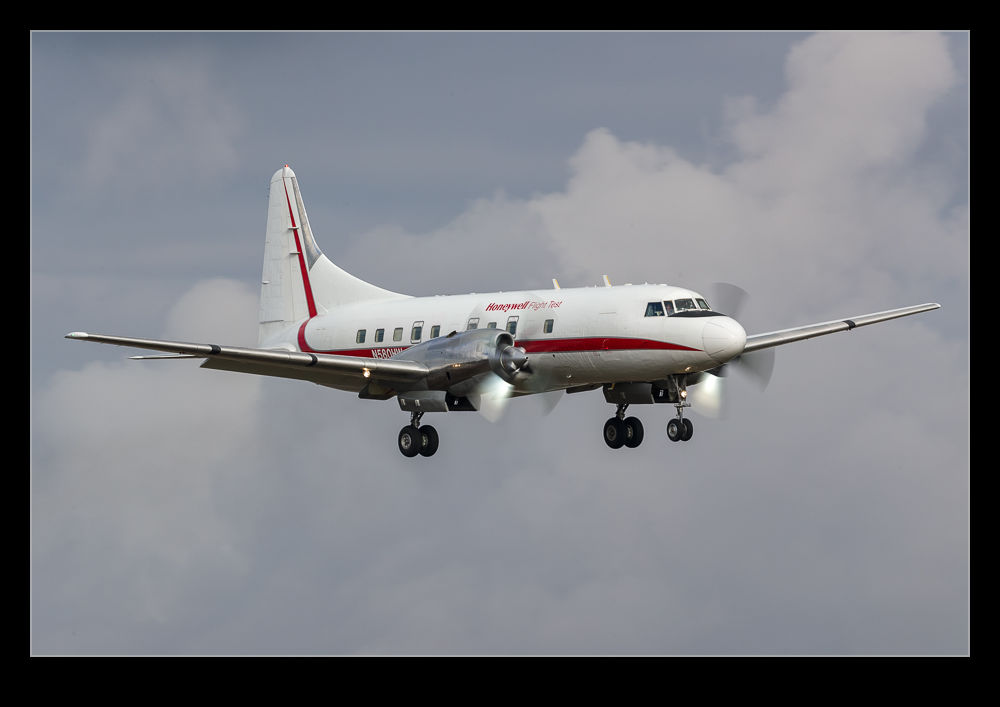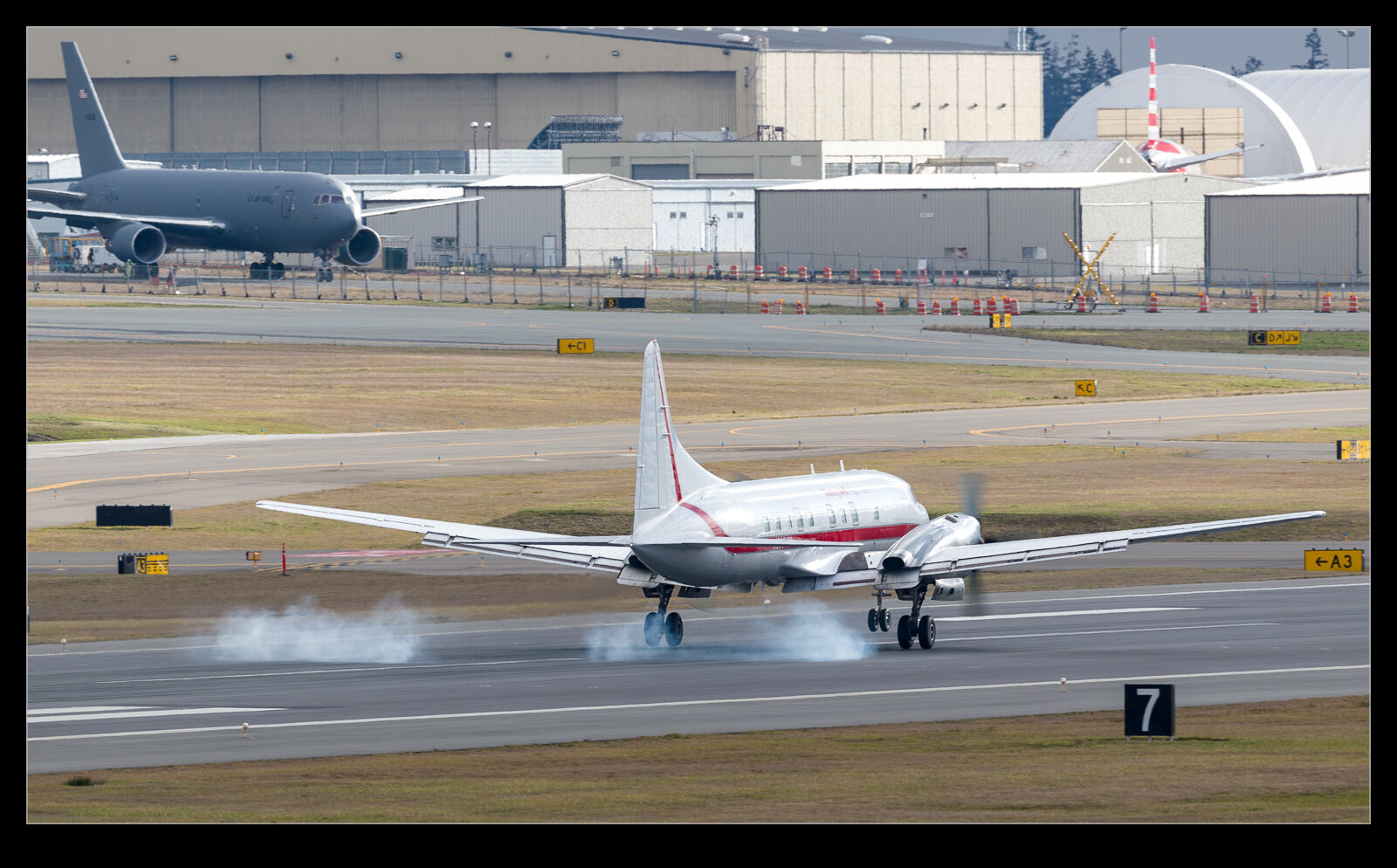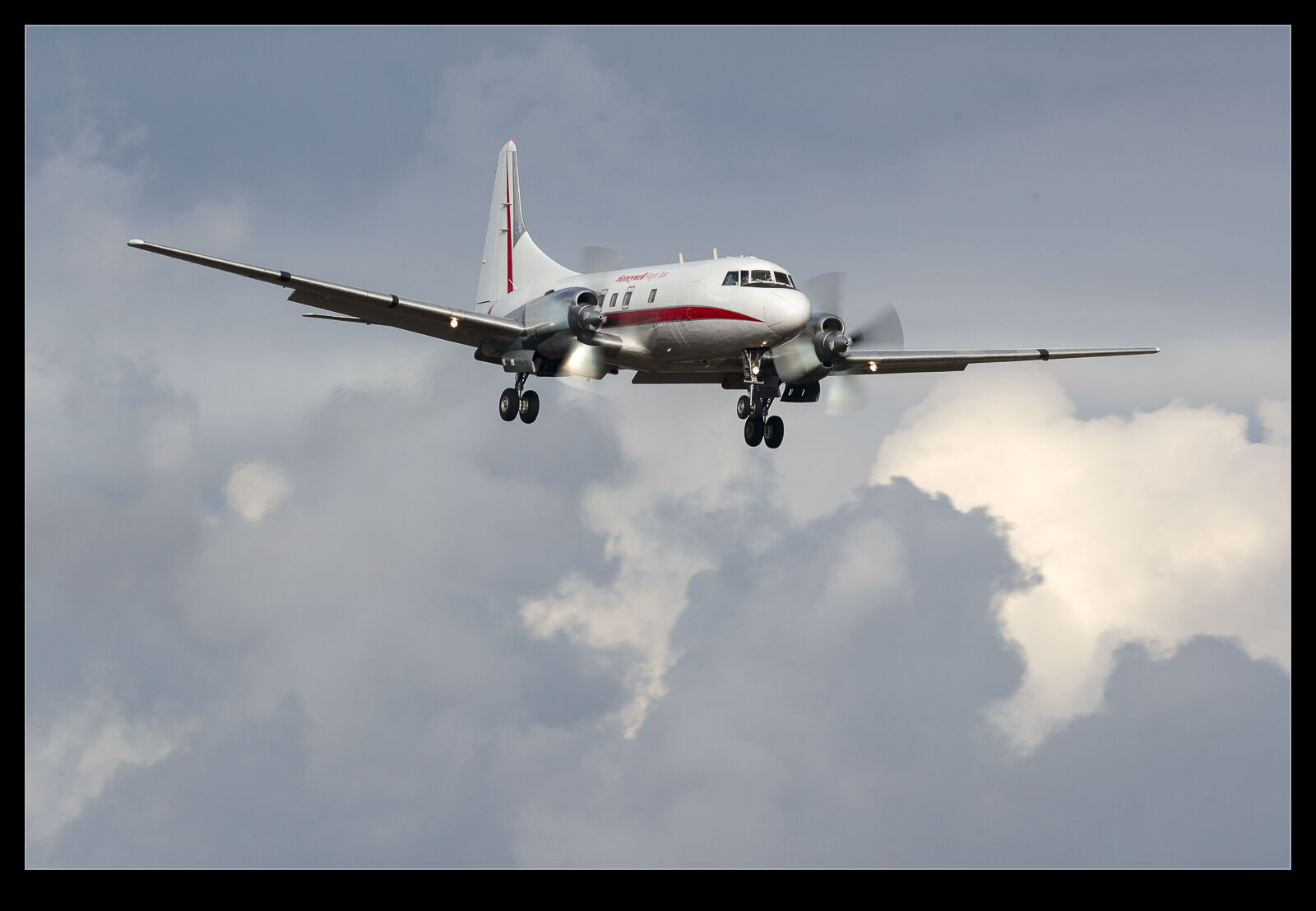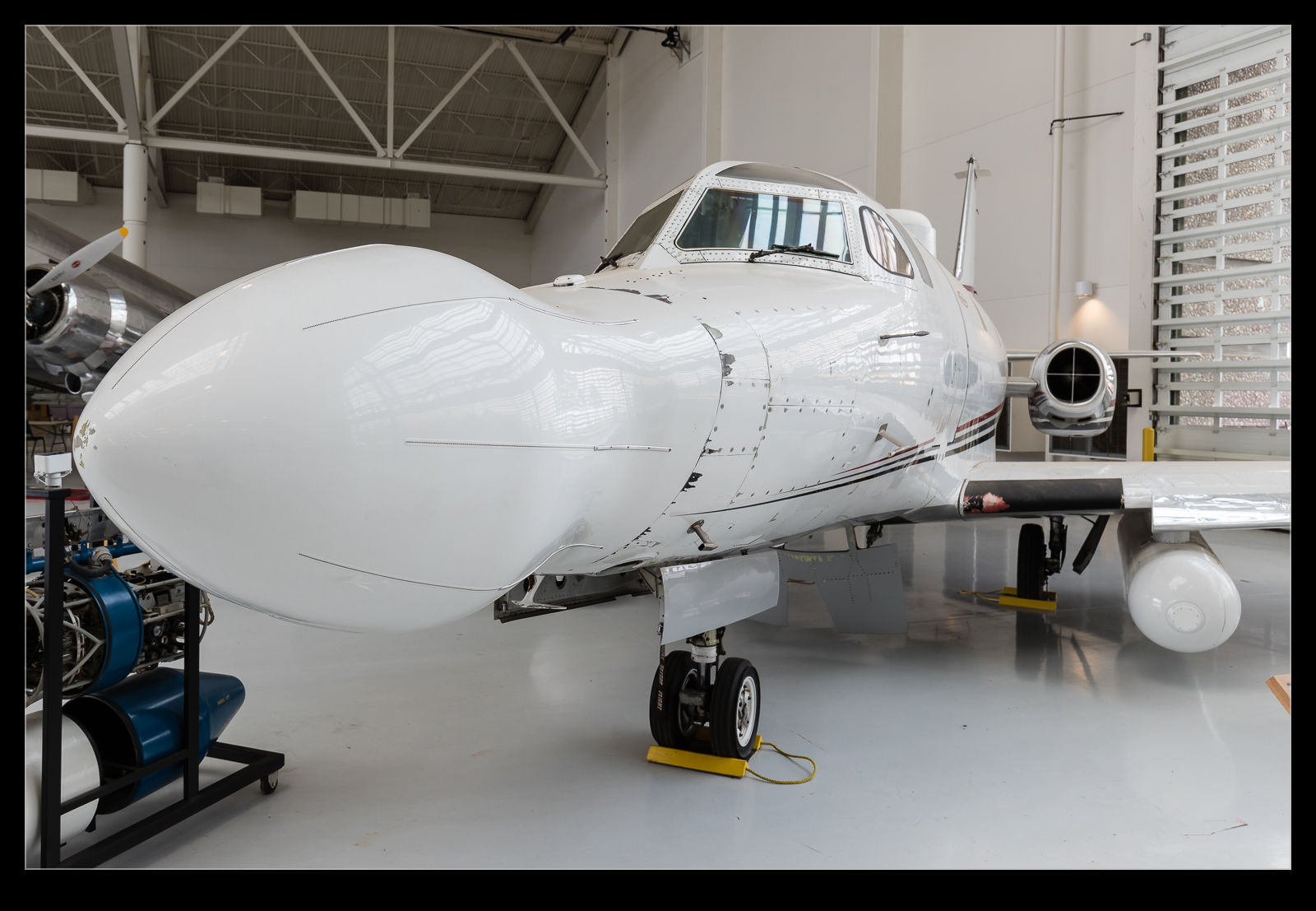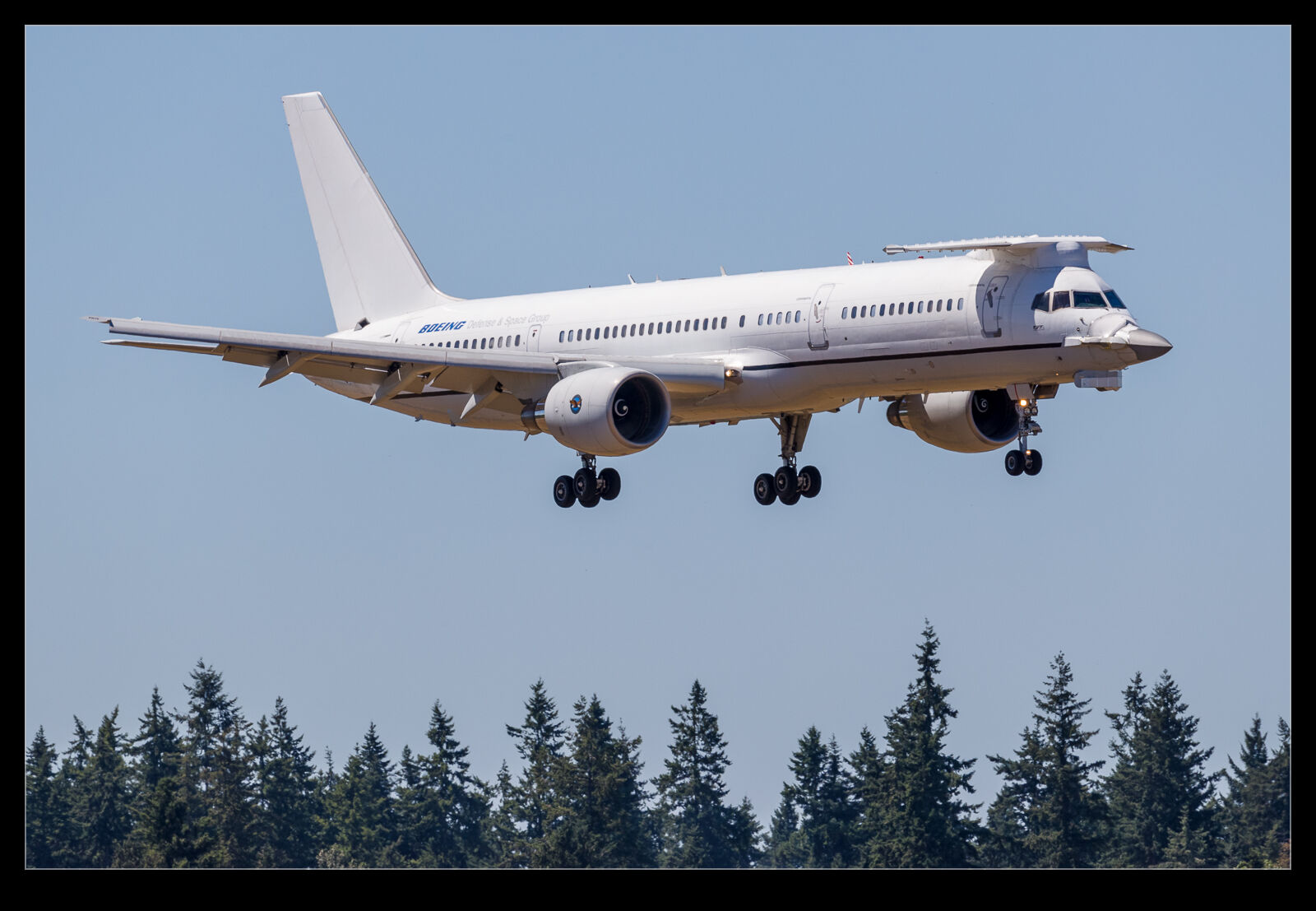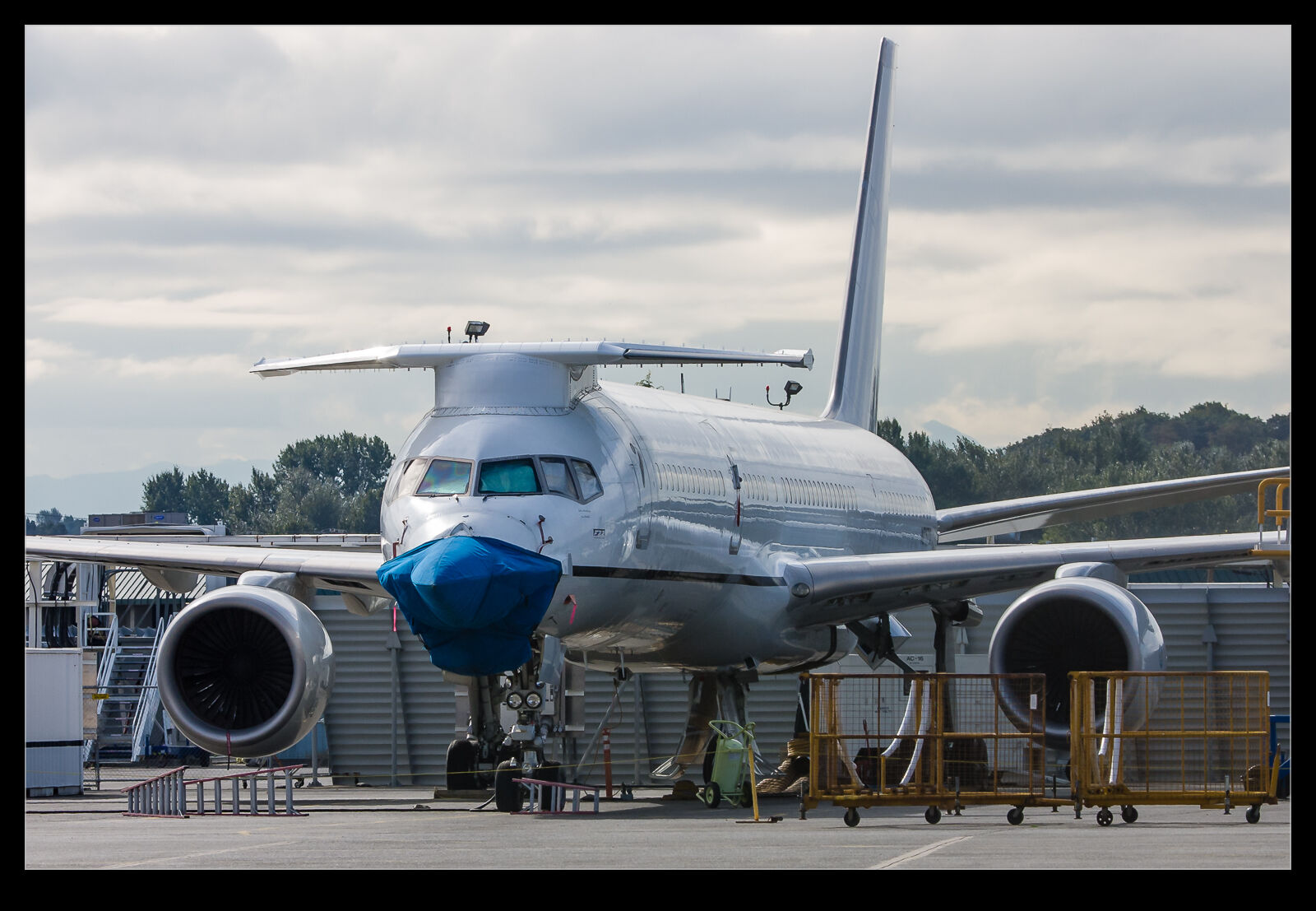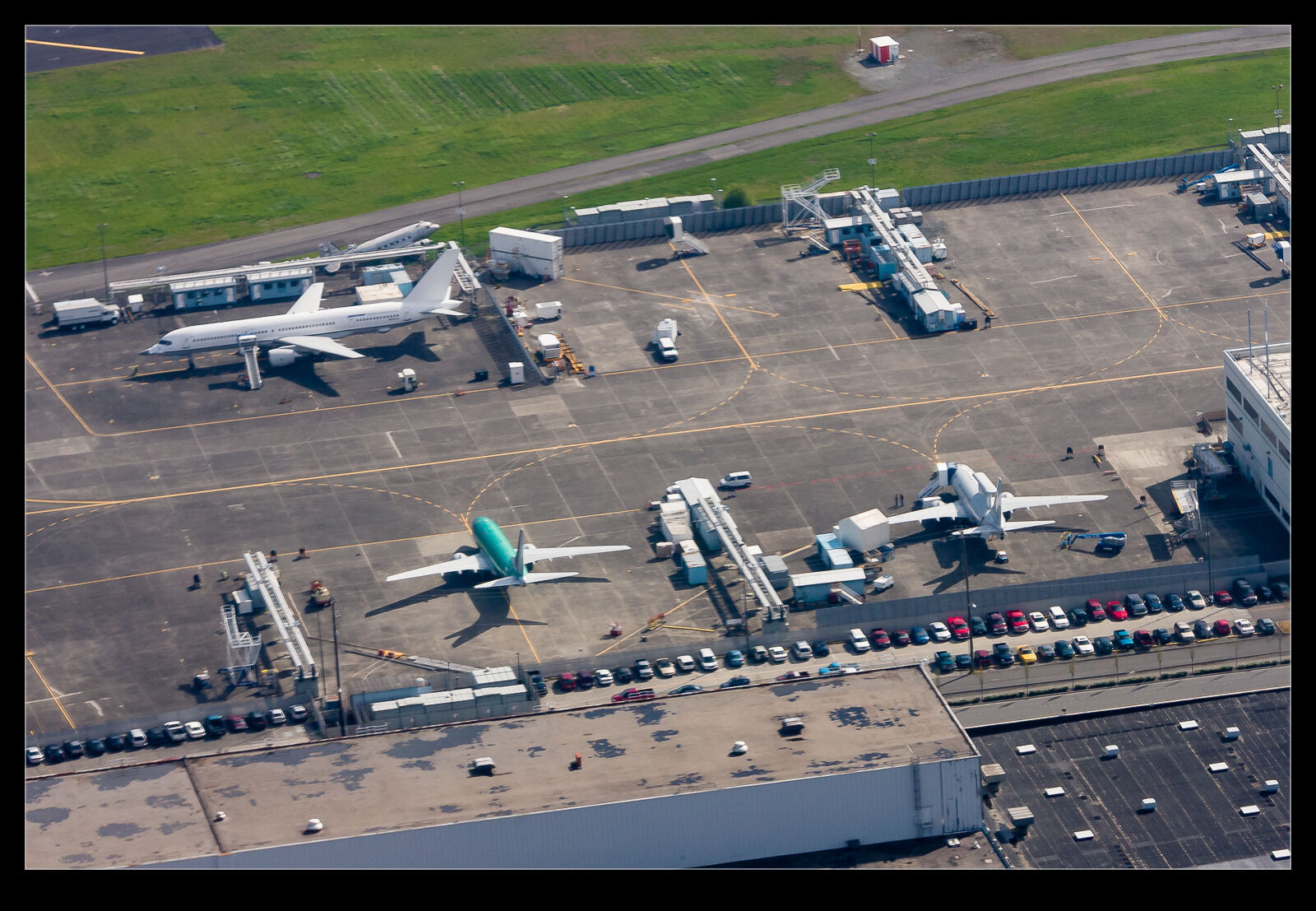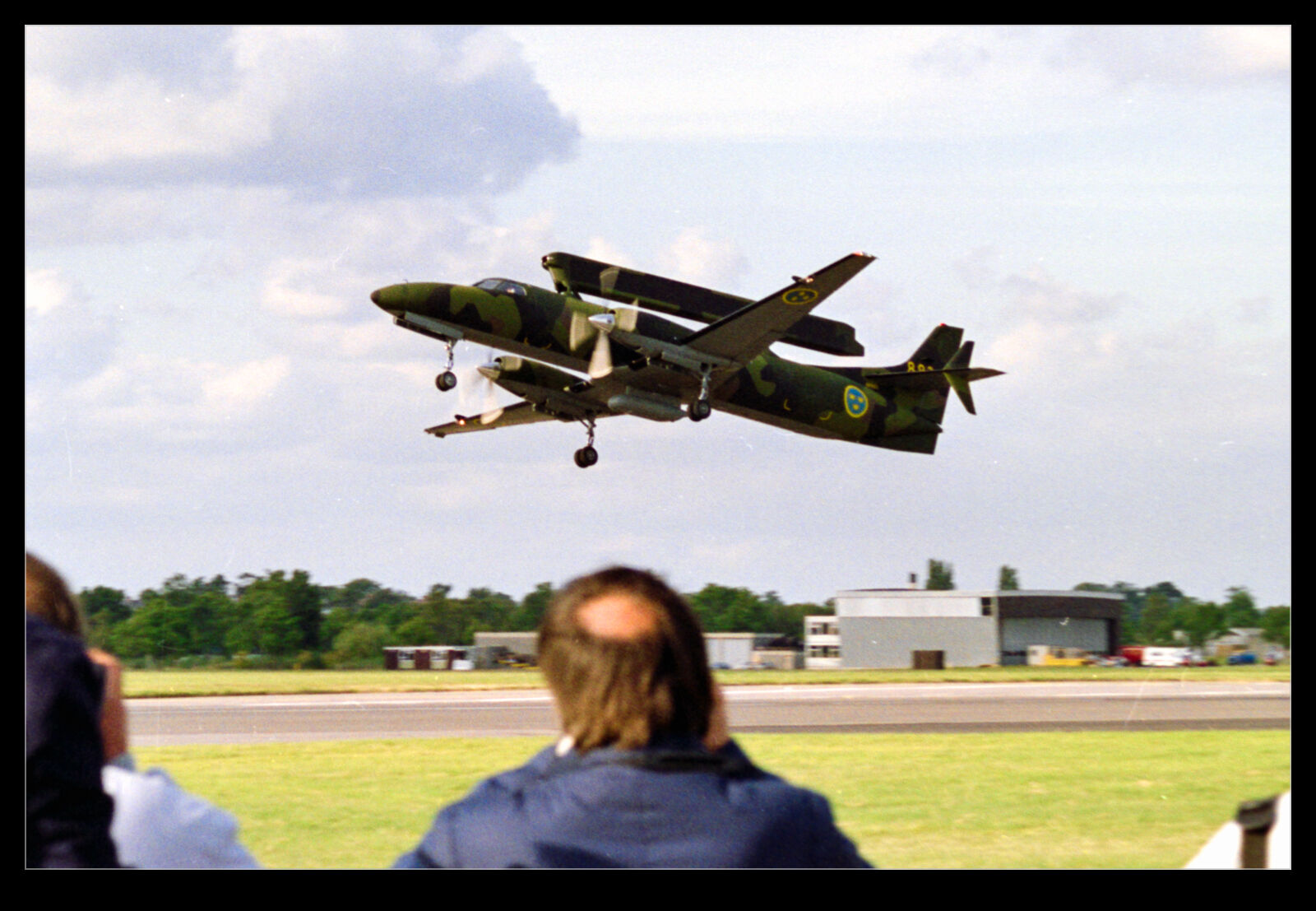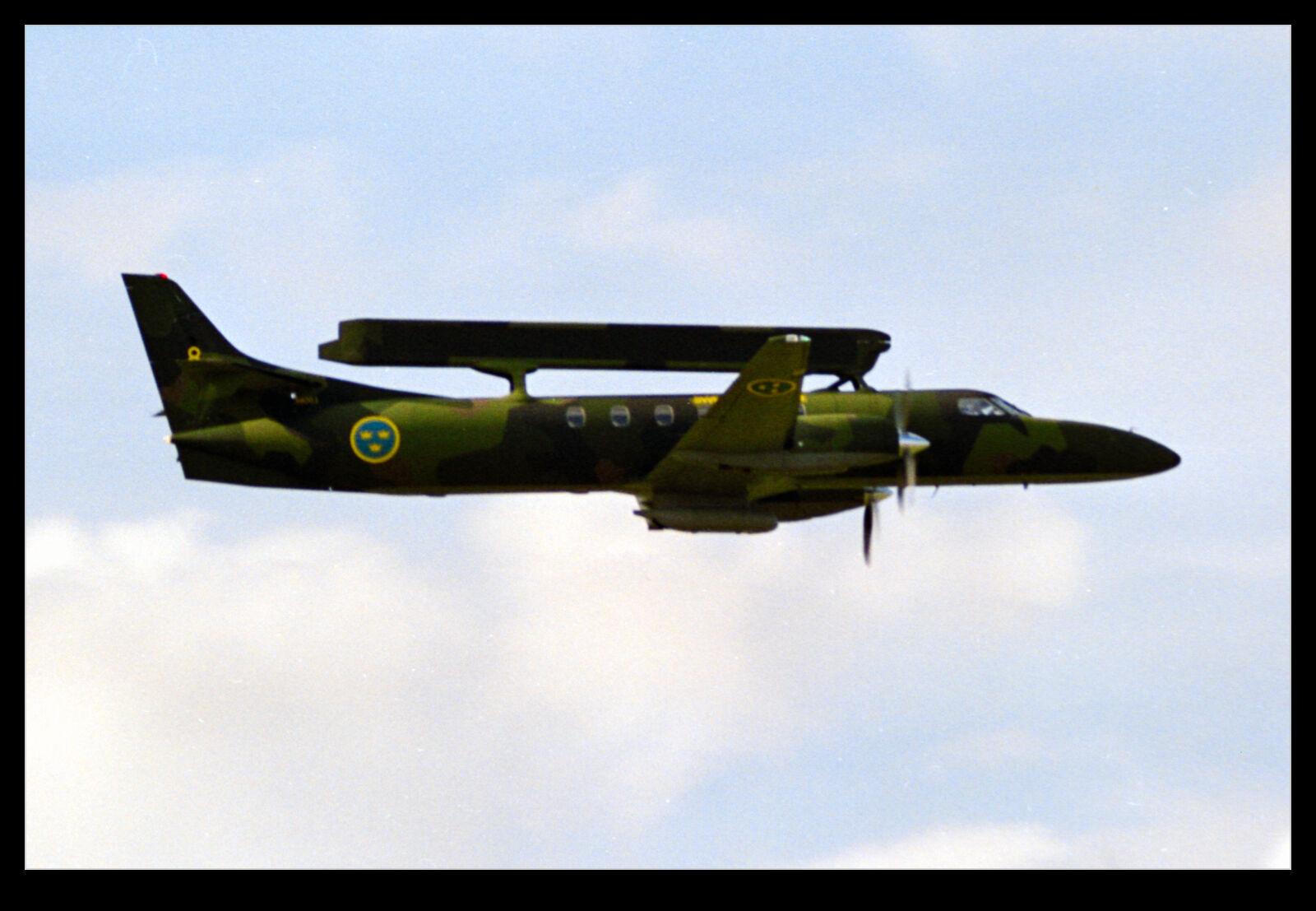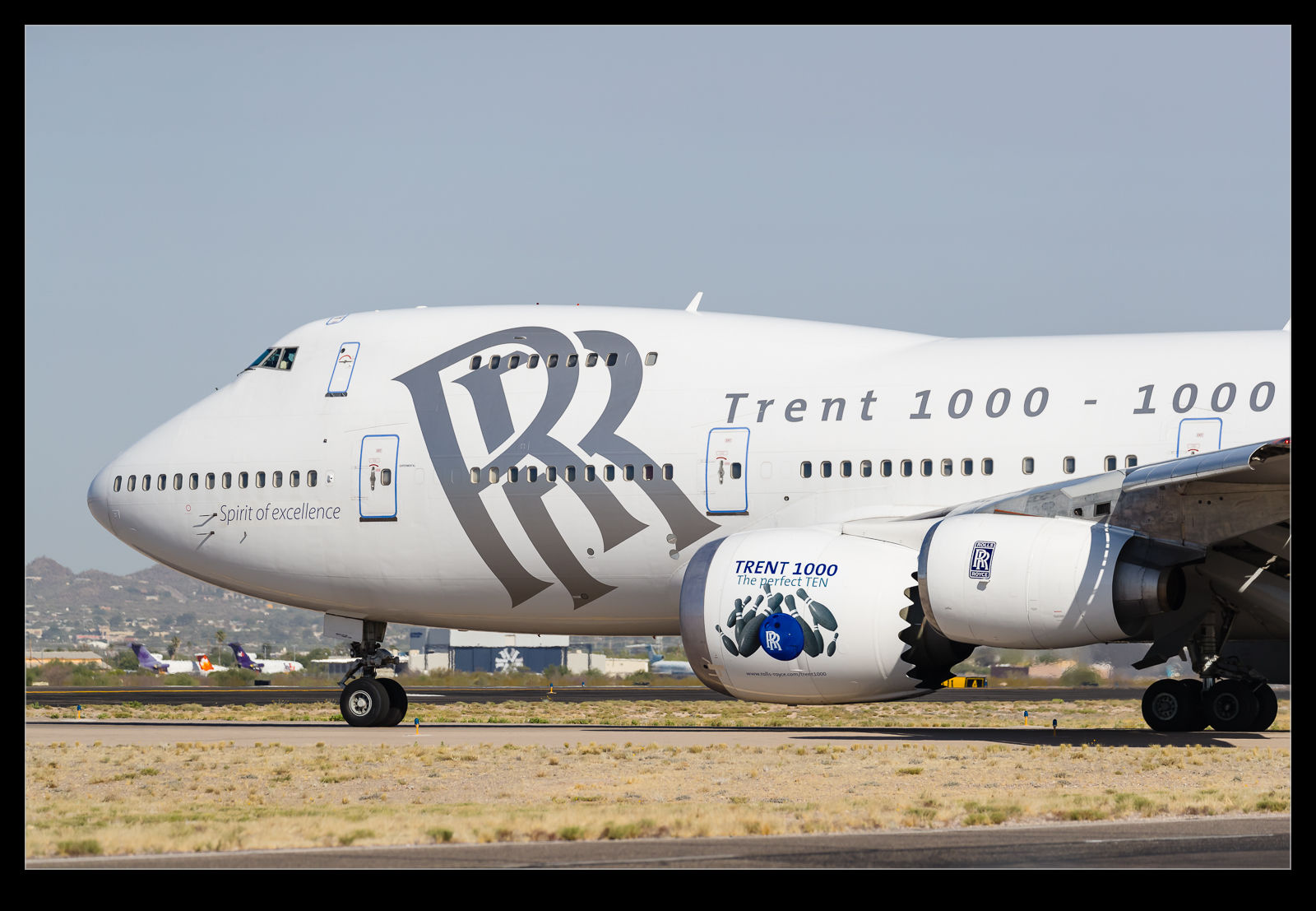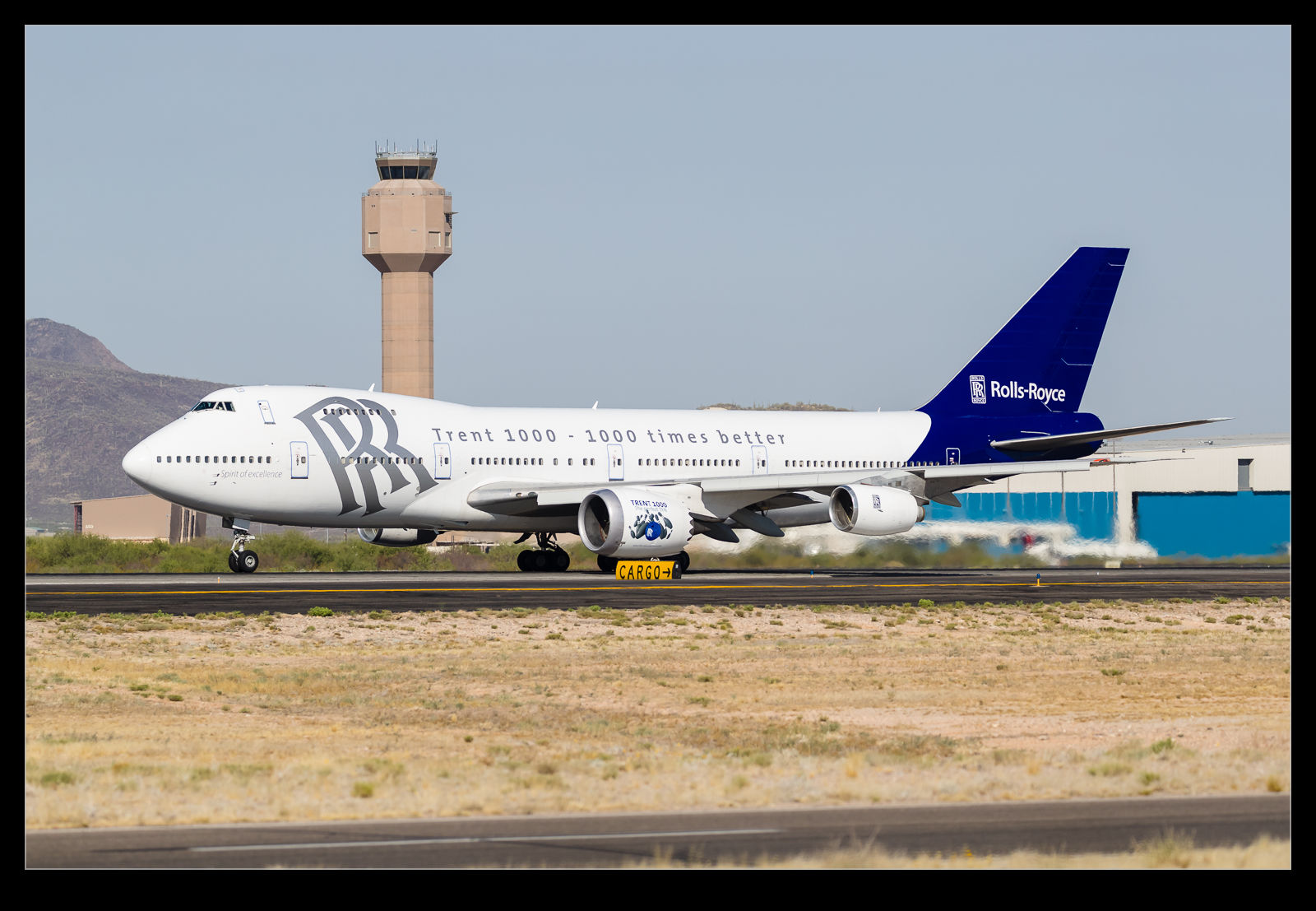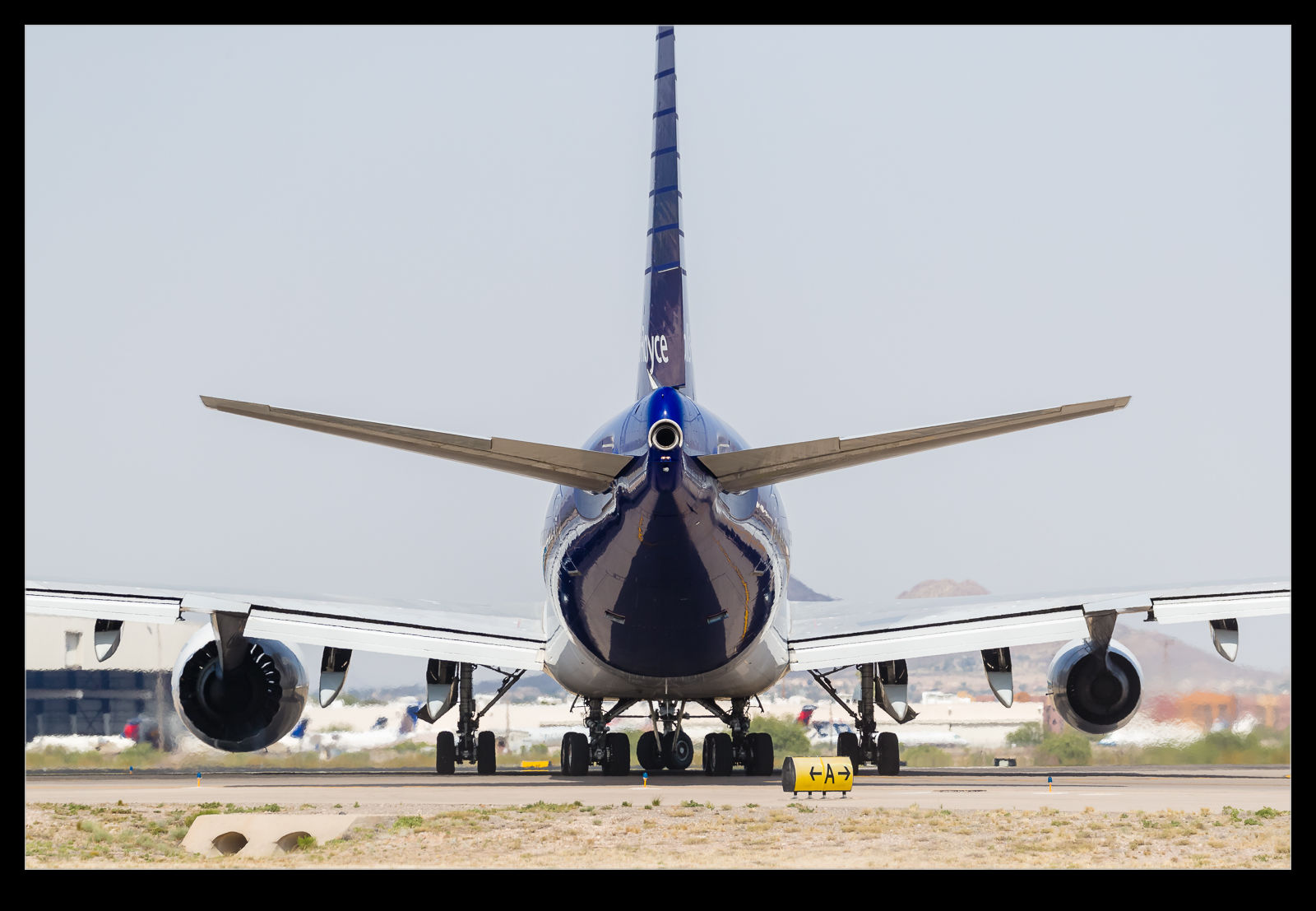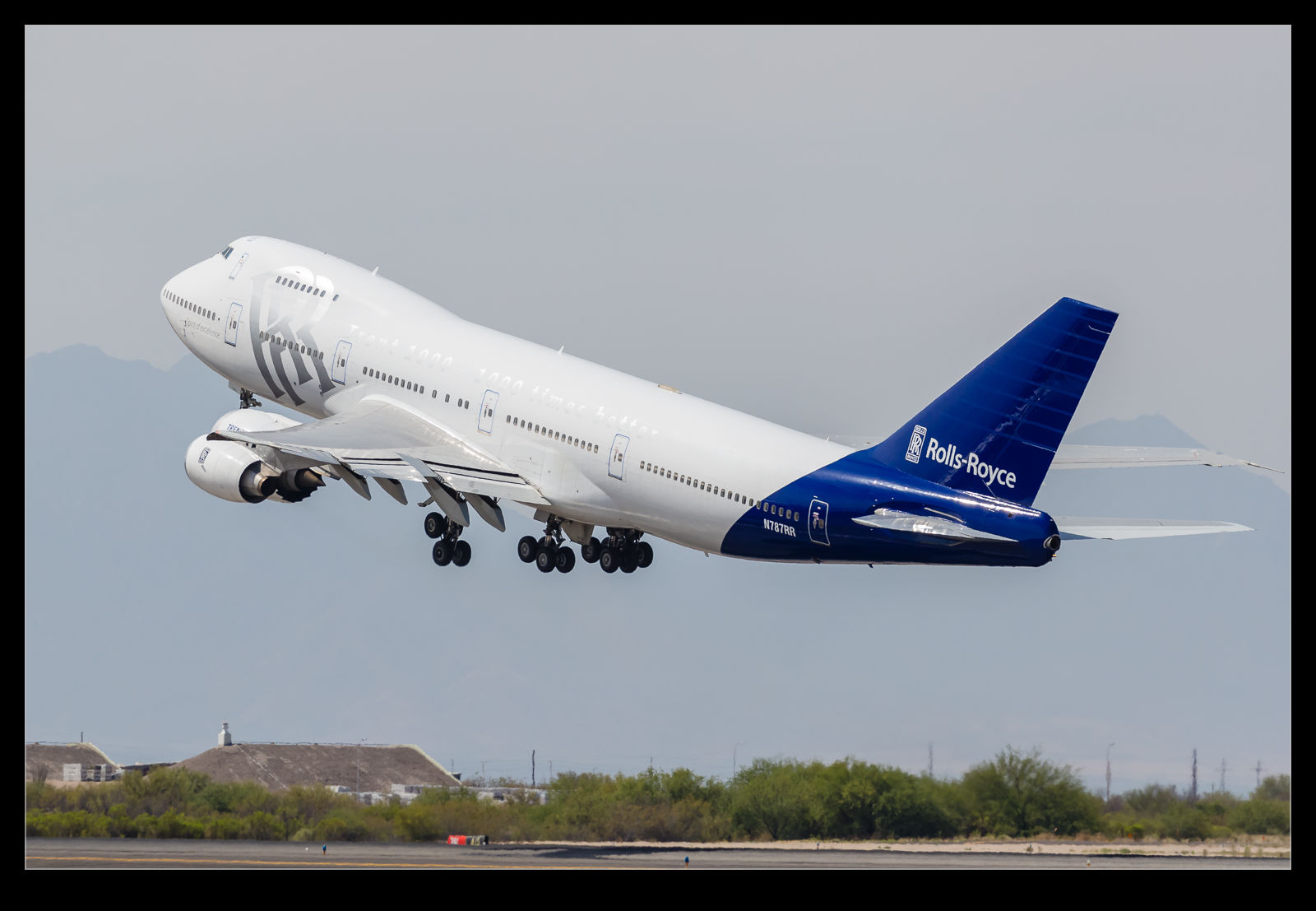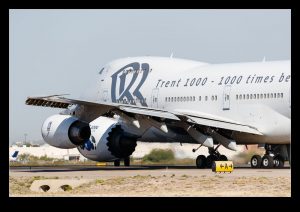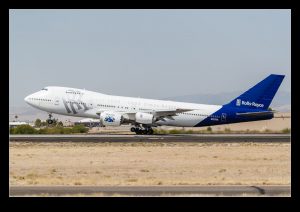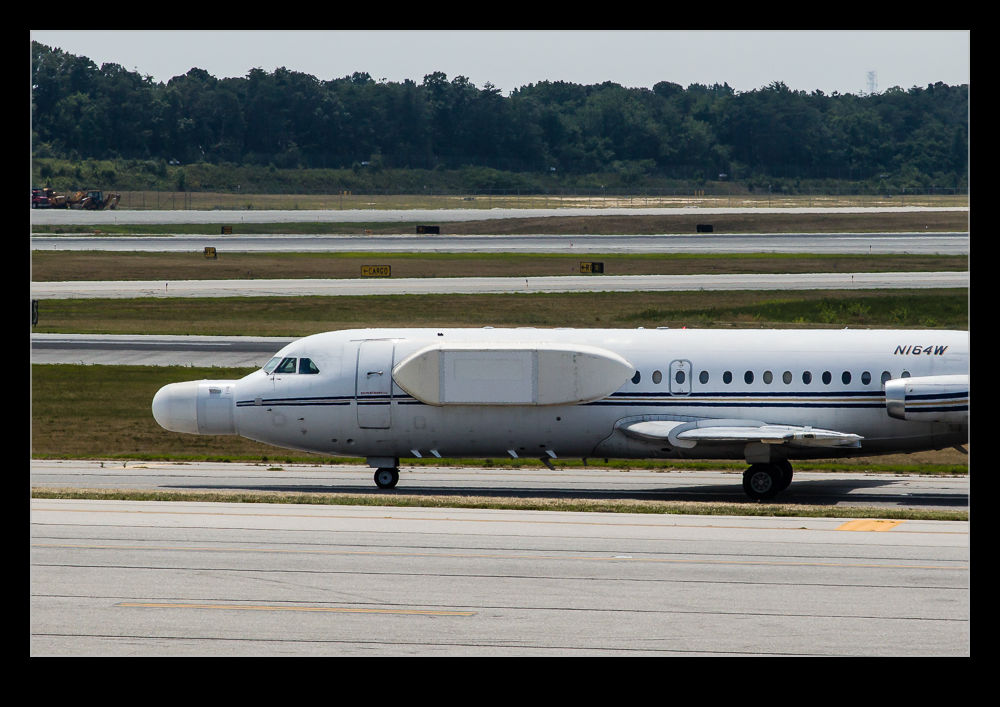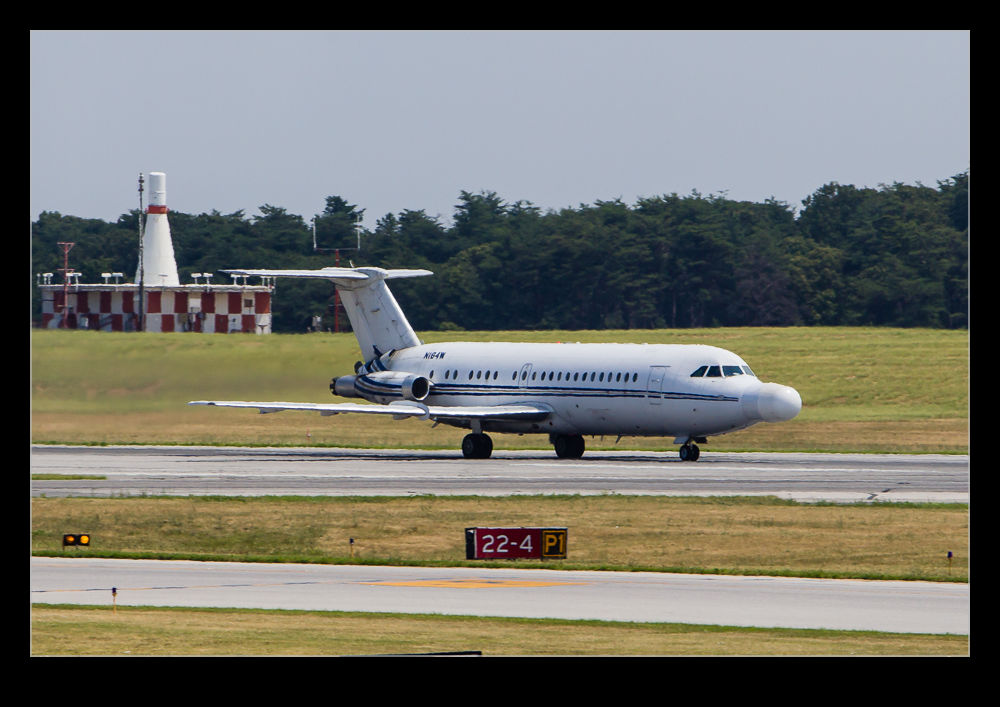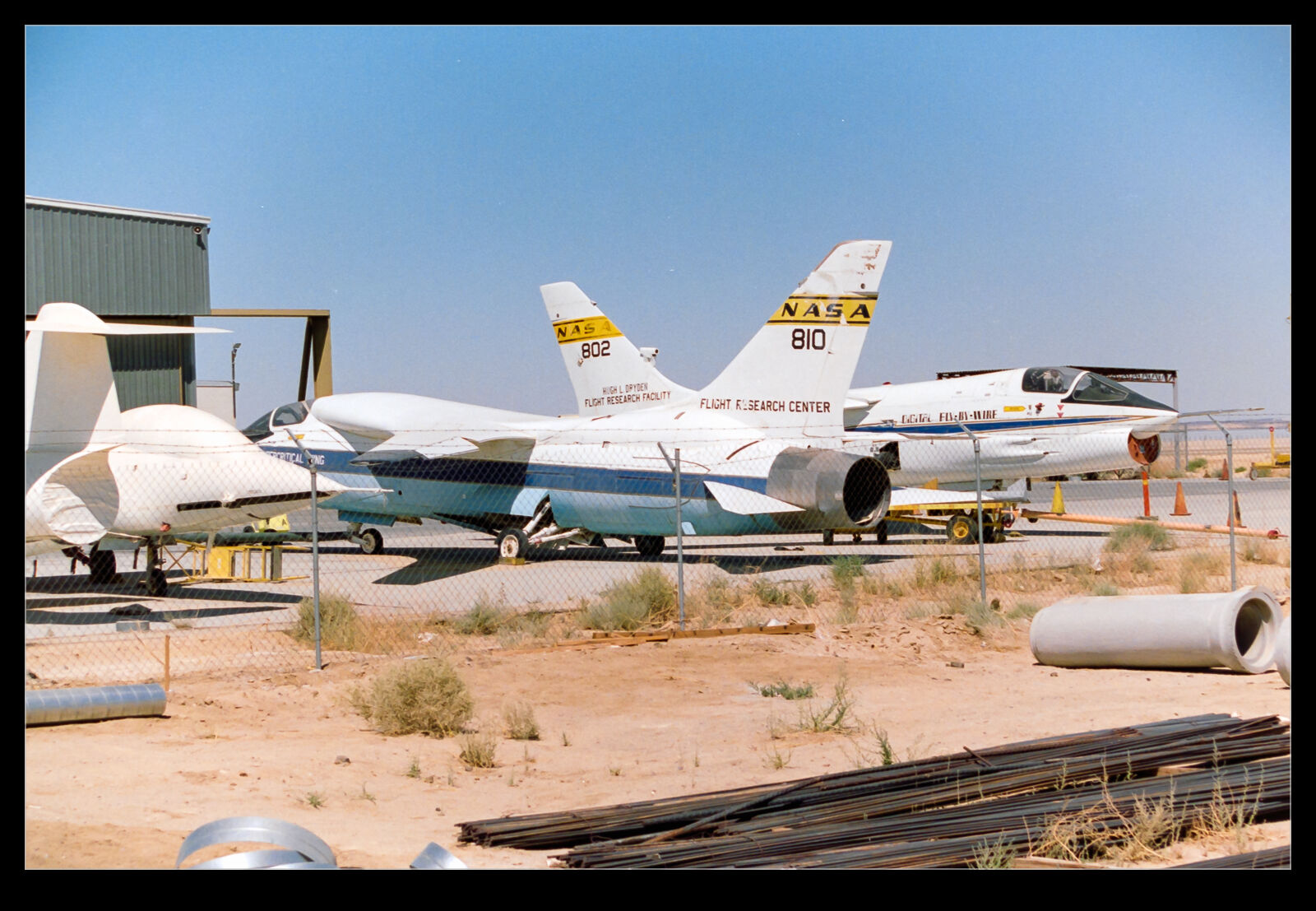 I had a recent post of some shots from the USAF museum at Edwards AFB. It reminded me of my first visit to Edwards in 1990. On that trip I saw both the USAF side of things and the NASA side. The NASA hangars were great and there were lots of amazing types being used for testing purposes. I didn’t see everything I was hoping for there but it was still fantastic. One thing that really excited me was the storage lot. There were some interesting airframes parked up there. An F-8 Crusader that had been used for supercritical wing testing was there. I think that has since been taken care of and is now restored. The fly by wire testbed was also there.
I had a recent post of some shots from the USAF museum at Edwards AFB. It reminded me of my first visit to Edwards in 1990. On that trip I saw both the USAF side of things and the NASA side. The NASA hangars were great and there were lots of amazing types being used for testing purposes. I didn’t see everything I was hoping for there but it was still fantastic. One thing that really excited me was the storage lot. There were some interesting airframes parked up there. An F-8 Crusader that had been used for supercritical wing testing was there. I think that has since been taken care of and is now restored. The fly by wire testbed was also there.
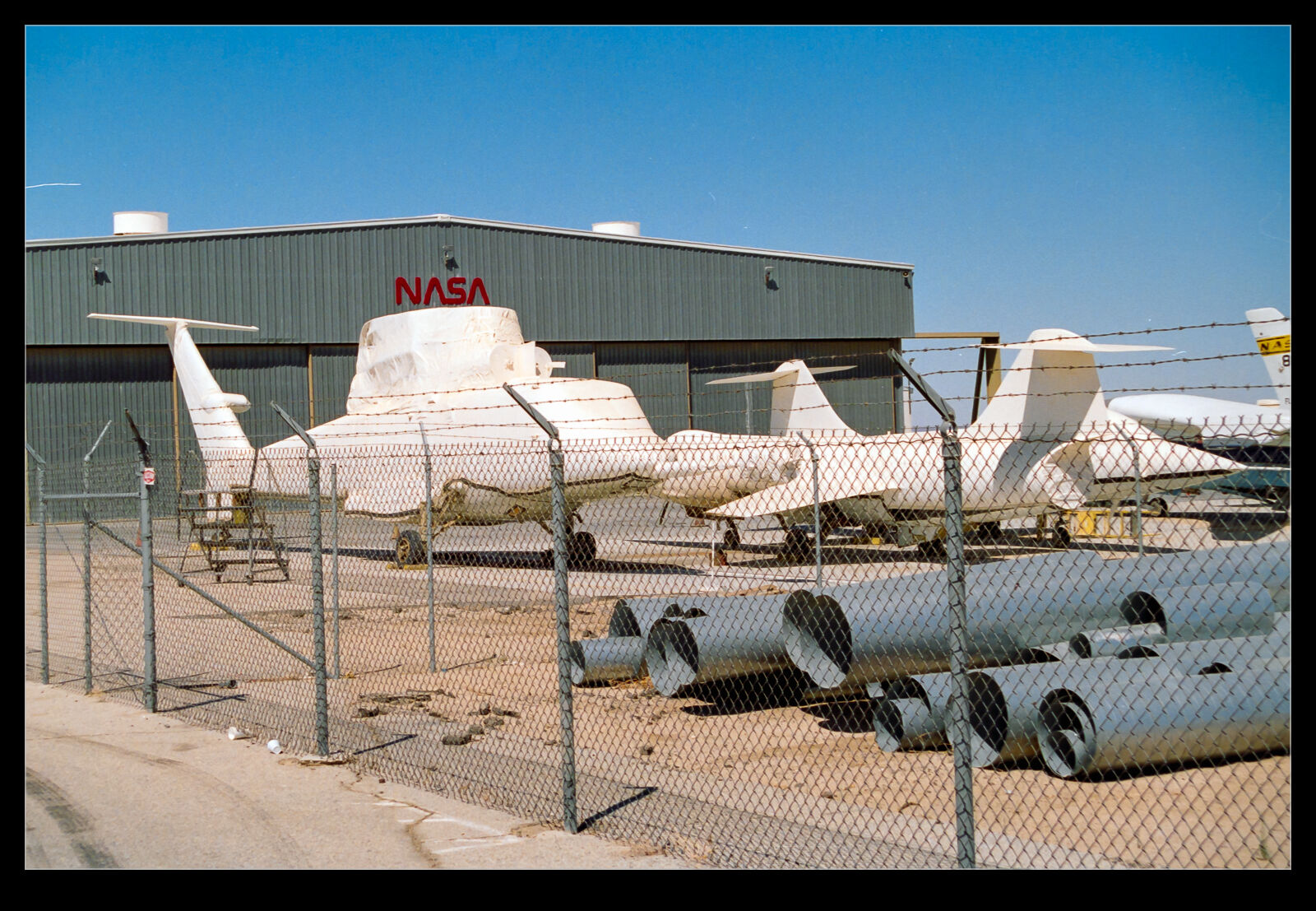 There was also a weird hybrid airframe. I think it was called RSRA which stood for rotor systems research aircraft. This was a hybrid of rotor and fixed wing technologies. One of them was modified for the X-Wing program which was canceled before it could fly. Not sure which one I saw but I think it was the unmodified one. These things could have A-10/S-3 engines fitted to them for higher speed research work. Oh, to have seen one in action. This lot would have been definitely worth some time looking around if it had been possible.
There was also a weird hybrid airframe. I think it was called RSRA which stood for rotor systems research aircraft. This was a hybrid of rotor and fixed wing technologies. One of them was modified for the X-Wing program which was canceled before it could fly. Not sure which one I saw but I think it was the unmodified one. These things could have A-10/S-3 engines fitted to them for higher speed research work. Oh, to have seen one in action. This lot would have been definitely worth some time looking around if it had been possible.
